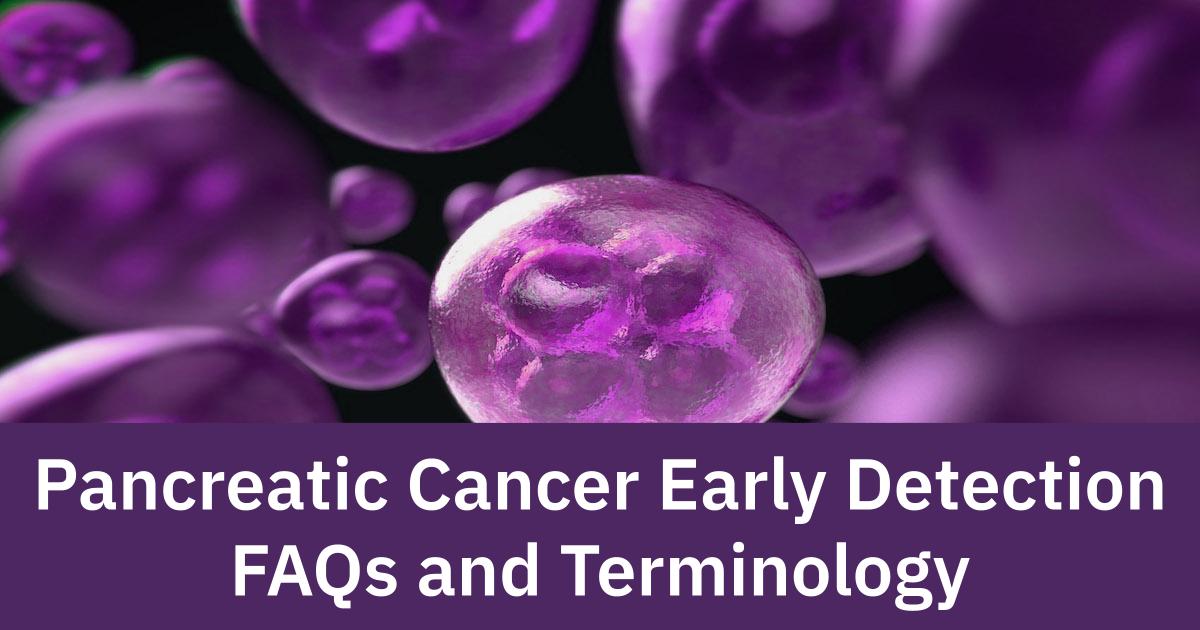What is a pancreatic cancer cyst?
Pancreatic cysts are a build-up of fluid that forms on the head, body, and tail of the pancreas. They are real cysts (non-inflammatory cysts) because they are lined with a special layer of cells responsible for secreting fluid into the cyst. Other cysts, pseudocysts, are inflammatory cysts that do not contain specialized cell lining. These cysts contain the digestive juices of the pancreas and are connected to the pancreatic ducts. The size of the pancreatic cysts ranges from several millimeters to several centimeters. Many of them are small and benign and do not produce symptoms, but some cysts can grow larger and cause symptoms, and others can be carcinogenic or carcinogenic. Pancreatic cysts are growths filled with fluid that develop in the pancreas. Different types of cysts contain different types of fluid. For example, pseudocysts, which form after an attack of acute pancreatitis, may have high concentrations of digestive enzymes such as amylase. Mucous cysts can contain mucus, a protein-containing fluid produced by mucous cells that form on the inside of the cyst mucosa. These small glandular organs are located in the abdomen, stomach, and intestine. In addition to producing digestive enzymes and endocrine (islet) cells, the pancreas also produces hormones such as insulin, which control blood sugar levels in the body. Pancreatic cysts can grow due to pancreatitis or inflammation of the pancreas. Advances in the quality. (Sources: kayawell.com , mskcc.org )
See other Early Detection FAQs & Terminology
Support critical & innovative research by donating this end of financial year
PanKind is the critical lead funder of innovative research projects focused on early detection working towards a breakthrough to triple survival rates.





